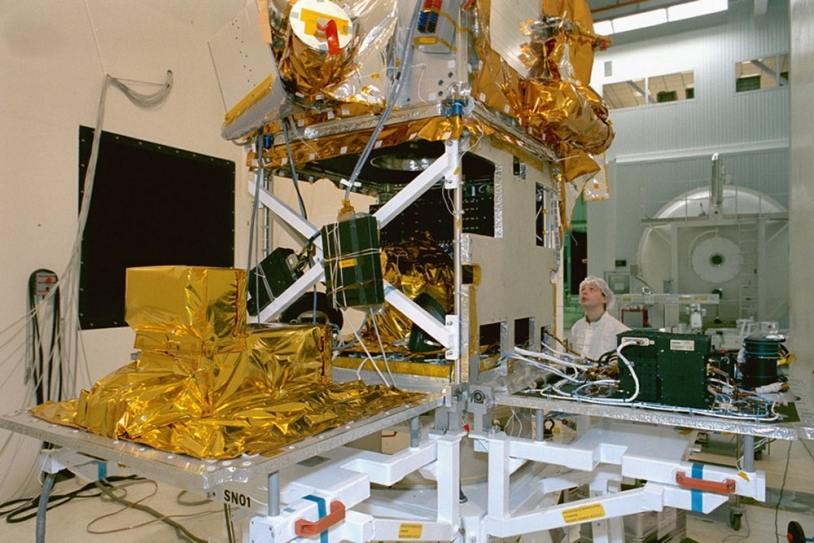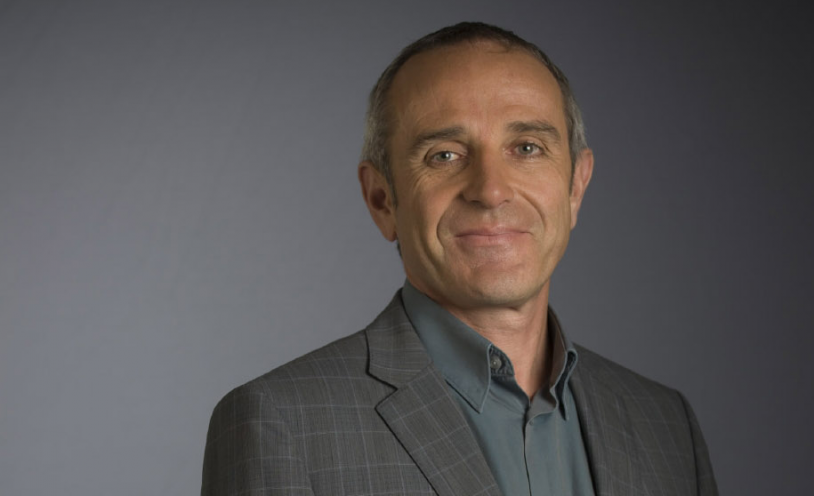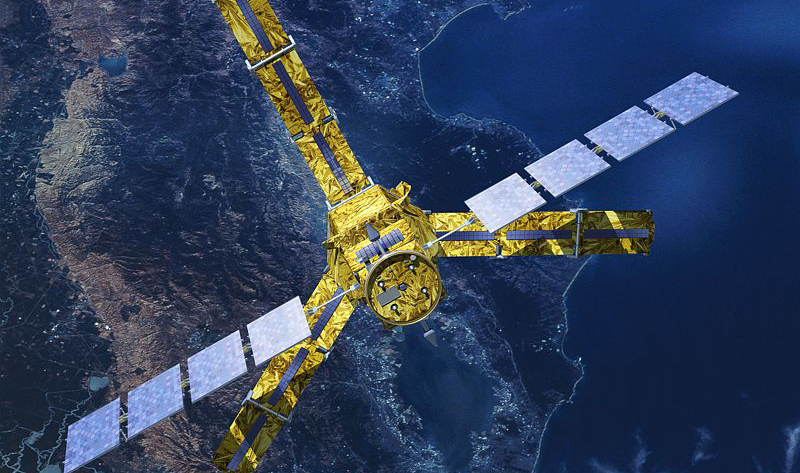7 October 2010
A tool geared to real needs

At the start of the 1990s, the agency decided to develop a new spacecraft bus geared to minisatellites weighing around 500 kg in low-Earth orbit,” explains Didier Vassaux, in charge of the Proteus series at CNES.
Proteus (for Plateforme Reconfigurable pour l’Observation, les Télécommunications Et les Usages Scientifiques) is also designed to reduce design costs and optimize production in a tight budget environment.
“The advantage of Proteus is that it can be adapted to different missions with a minimum of changes,” affirms Didier Vassaux. “That means the same test benches are used, thereby saving time and money.”
A key element of the satellite

A satellite comprises 2 sub-assemblies: the mission payload, or “passenger”, and the bus, which is the platform that carries it.
The bus therefore provides all the systems required to operate the satellite, including a star tracker for positioning, solar panels to provide power, small thrusters to control its altitude and antennas to communicate with the ground.
The bus looks like a cube made up of 2 panels between which the satellite elements are mounted and to which two tubes are fixed to attach the solar panels,” says Didier Vassaux.

Today, the Proteus bus is used by 5 satellites: Jason-1, launched in 2001, and its successor Jason-2 (2008), both designed to measure ocean topography; the Calipso meteorology satellite (2006); SMOS (2009), dedicated to measuring soil moisture and ocean salinity; and the best-known of all, the CoRoT exoplanet hunter and stellar seismology satellite (2006).
In all, Proteus has already spent 20 years in space. Pursuing this success, it is now set to be used for a 6th satellite, Jason-3, which could be launched as early as 2013.